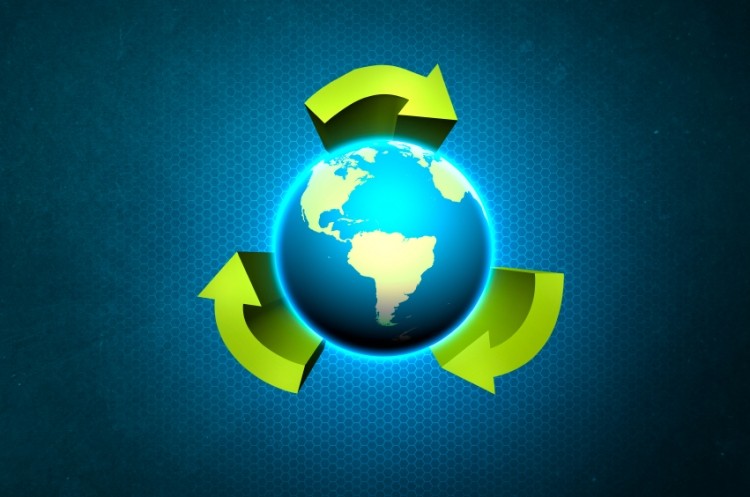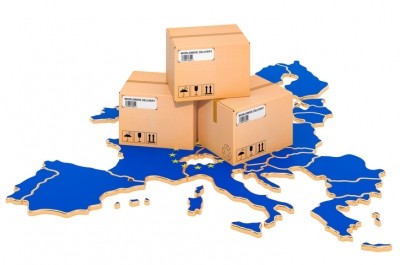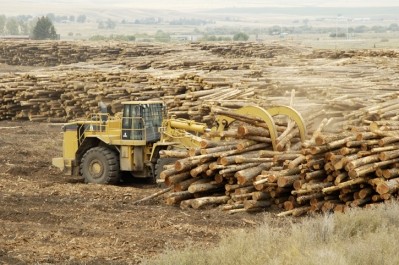Special Edition: Alternative Proteins
Sewage sludge to animal feed: single cell protein production model

The novel protein production model is based on microbial biosynthesis of hydrogen, CO2 and ammonia nitrogen in a reactor system, using lithotrophic bacteria that rely on hydrogen as an energy source.
Last week saw the team behind the initiative officially open a pilot facility at the sewage water treatment plant (SWTP) in Enschede, in the eastern part of the Netherlands, to test the concept.
Willy Verstraete, emeritus professor, Department of Biochemical and Microbial Technology, University of Ghent, was the developer of the concept.
“He contacted KWR about two years as he was looking for a partner to scale up the concept,” said Frank Oesterholt, senior scientific researcher at the KWR Watercycle Research Institute, which is coordinating the protein project.
“We are still quite a distance to commercialization. Firstly, we want to see does it work. If so, we would then look to see is there an investor interested in scaling up the testing phase further."
"We built a reactor for the pilot testing phase, and applied for a patent on it," he said.
Risk aversion was paramount in the design of that reactor system: “We had to guarantee the safety of the production process, given that it has hydrogen as an input source. We didn’t want to lose any hydrogen from the top of the reactor; we now have efficient hydrogen utilization,” he told us.
The reactor is fed with hydrogen and oxygen from water electrolysis, carbon dioxide comes from gas bottles and the ammonium from wastewater.
Dutch company, Nijhuis Water Technology, is providing the ammonia sulphate as a nutrient for the pilot, under an ammonia recovery initiative (NAR) using a sludge treatment plant’s reject water, in which high ammonium concentrations are efficiently recovered by means of air stripping at high temperature, said the researcher.
“We need to prove that this method prevents the transfer of all potential pathogens from the sewage sludge,” said Oesterholt.
Protein quality
Animal nutrition ingredient supplier, Barentz, which is a partner in the research project, along with KRW, Waternet, Waterkracht, AEB Amsterdam, Avecom, will test the quality of the protein produced at the Enschede facility.
“Barentz has access to that kind of analytical expertise. We are following the development of the biomass, which is very good at the moment, and we expect to get the first proteins from the reactor in around one to two months,” he said.
The team is hoping to generate between 0.5 to 1kg of single cell protein per day using the pilot reactor system.
Avecom already tested the concept in a 5L scale reactor, said Oesterholt. “The sequence of amino acids found in the protein generated from that reactor was comparable to that of fishmeal or soymeal.”













